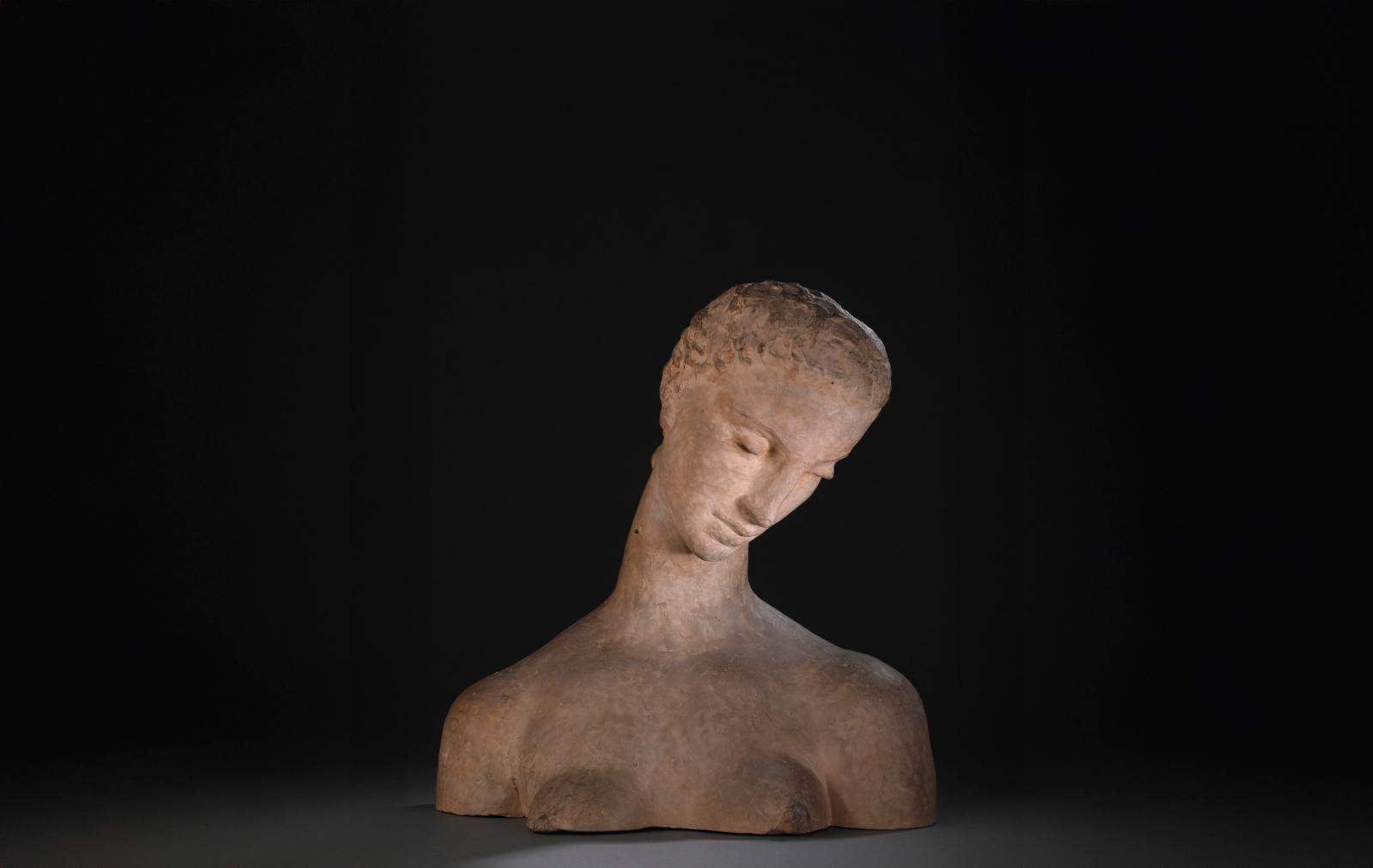Possagno’s Antonio Canova Plaster Gallery: A Neoclassical Temple Dedicated to the Sculptor
Published on

Antonio Canova (1757-1822), Self-portrait, 1811-1812, 50 x 70 x 45 cm/19.7 x 27.6 x 17.7 in.© Lino Zanesco It is a truly dazzling sight. On entering the Gipsoteca Antonio Canova in Possagno (Treviso), visitors are immersed in an ocean of light. The 1836 building with its austere façade was the work of Venetian architect Francesco Lazzari. The interior, in the style of an ancient Roman basilica, is an authentic neoclassical sanctuary: a temple celebrating this Italian sculpture master, the bicentennial of whose death took place in 2022. Everything contributes to the atmosphere of contemplation and reverence: the hushed silence, the immaculate walls and the soft










